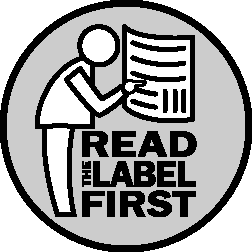Animal Milk vs. Plant Milk
Julie Green and Keen
4/29/2015
3
Walking through the grocery store it is hard not to miss the milk section. With countless varieties including animal milk, plant milk, nut milk, soy milk, and grain milk; how do you know what to choose and what is the best for your family.
I have always been lactose intolerant so I have drank plant based milks since I was a child. With all the recent hype about antibiotics and pesticides that are said to be in animal milk, many people are turning to alternatives. Milk substitutes are often consumed by people with intolerants, people concerned with the environment, vegetarians, and vegans.
I have never known anything but plant based milks and have always had an interest in the various types. Here are a few plant based milks I consume and their pros and cons.
- Almond milk is a safe milk option for people with food allergies or a lactose intolerance like me. It does not contain any dairy, lactose, soy, eggs, cholesterol, gluten, MSG, or whey (milk proteins).
Almond milk has less protein than traditional dairy milk, one cup of almond milk has 1 gram of protein and one cup of dairy milk has 8 grams. When I drink almond milk I make sure that I am getting protein from other sources in my diet.
Over all Almond milk is very healthy. It is heart-healthy, low calorie, nutrient dense dairy milk alternative.
- Soy milk is my favorite non-dairy alternative. It has the best source of protein compared to other substitutes. It has about 7 grams of protein and has a similar fat content to dairy milk. Most of the fat in soy milk is unsaturated, providing the body with healthy fats.
It is the milk is produced by soaking soybeans and grinding them with water.
It is a good alternative to dairy milk. The only concern I have is that many soybeans that are grown today are genetically modified. I make sure to read the labels and buy soy milk that is organic and “non-GMO.”
- I don’t often use Hemp milk, but it is also another alternative. Hemp seeds are high in plant based omega-3 fatty acids which help keep cholesterol and blood pressure under control. It also has 10 essential amino acids making it a good source of protein.
I like hemp milk in smoothies because it has a thick and creamy texture. It also has a little bit of a nutty flavor that is really delicious in banana smoothies.
If you are looking to switch to a plant based milk for health reasons it is important to read the ingredients and understand the products nutritional value. Many substitutes can be high in sugar and have little to no difference in their nutritional values. I drink plant milks because of my intolerance and because I am a vegetarian. If you are thin thinking about switching for environmental reasons, know that you will not have a lack of nutrients.



















